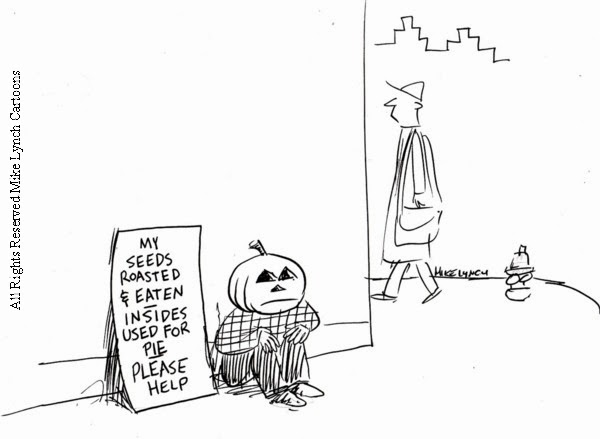I spent the majority of my time this summer interning at the Long Island Museum, and not all of it was mentioned in my last few blog posts. As for the things I’ve done that were unmentioned previously; here is a list:
- I spent time in two other LIM camps, the first being a full week of “Making Mythological Monsters (in clay)” and the second having a focus on fashion design
- I attended not one, but two Summer Thursdays at the museum, where I…
- helped small children design flower pots and plant flowers inside
- spent time looking for the ice cream man that the museum hired, who didn’t show up
- worked with various organizations, like the Guide Dog Foundation for the Blind
- gave two tours to volunteer students at the museum
- Worked more on the mailing list, which still seems endless
- Created worksheets for small children (and their parents) to do as they toured the galleries
- Took photos of kids participating in Camp LIM, the museums own summer program (and fighting with the printer to, well, actually print the pictures)
- Created a scavenger hunt, inside of a new exhibit on Lumen Martin Winter, for a company as a team building exercise
- Sorted through and labeled artwork, submitted by the public, for the Juried Art contest
- Worked as a team with the Education Department to figure out how to make pin-on buttons
And while not all of these things seem to be the point of my History internship in the Education department at a museum, I genuinely enjoyed the various activities because they all showed me what it’s like to work at a museum, not only in the Curatorial Department or the Education Department, but the museum as a whole.
However, my main focus on the last few weeks was mentioned above: my education program for middle schoolers. I had the chance to finalize the program, which you can see here. Not only that, I was able to do the program once unofficially, as in I gave the tour to the Education Department, who were very helpful with the advice they gave and the tips they shared, and then twice officially.
Beth worked with a group called ‘The Mutt Club’, which is a group of students who through their local library organize adoption events, raise money, and gather supplies for shelter pets, to come and be a trial run of my program. The group was already going to attend the last Summer Thursday, and they were more than happy to participate in a museum program. Unfortunately, I was not able to do the whole thing (as the program is designed to last around two hours), but only the three middle sections.
It was a great experience presenting to actual middle schoolers (although their ages ranged), even during the summer. The two groups that I did the tour with seemed to enjoy it, and a few of the kids even asked questions afterwards. Overall, my experience at the LIM this summer, and working within the Education Department, was really great. I feel like I learned a lot, and all of the knowledge was valuable for me both as a History major, and a Secondary Education minor.
 This is a photograph of Mike Lynch’s work. I didn’t have my phone at the time, so I couldn’t take pictures of anything that happened or of his work or of the kids work. I wish I had, because one of the cartoons was very memorable. One of the kids, in a game called “Who What Where” had picked Abraham Lincoln, Swimming, and Garbage Dump. He drew the President doing exactly that, in his tall hat, while reaching for the 14th Amendment. Lincoln, according to the kid, was trying to save it from being destroyed/crushed like a car at the dump. Prior to drawing the picture the kid asked me if Lincoln had done anything important, like passed any amendments. (He was in fourth or fifth grade, I was willing to let it slide.)
This is a photograph of Mike Lynch’s work. I didn’t have my phone at the time, so I couldn’t take pictures of anything that happened or of his work or of the kids work. I wish I had, because one of the cartoons was very memorable. One of the kids, in a game called “Who What Where” had picked Abraham Lincoln, Swimming, and Garbage Dump. He drew the President doing exactly that, in his tall hat, while reaching for the 14th Amendment. Lincoln, according to the kid, was trying to save it from being destroyed/crushed like a car at the dump. Prior to drawing the picture the kid asked me if Lincoln had done anything important, like passed any amendments. (He was in fourth or fifth grade, I was willing to let it slide.)

